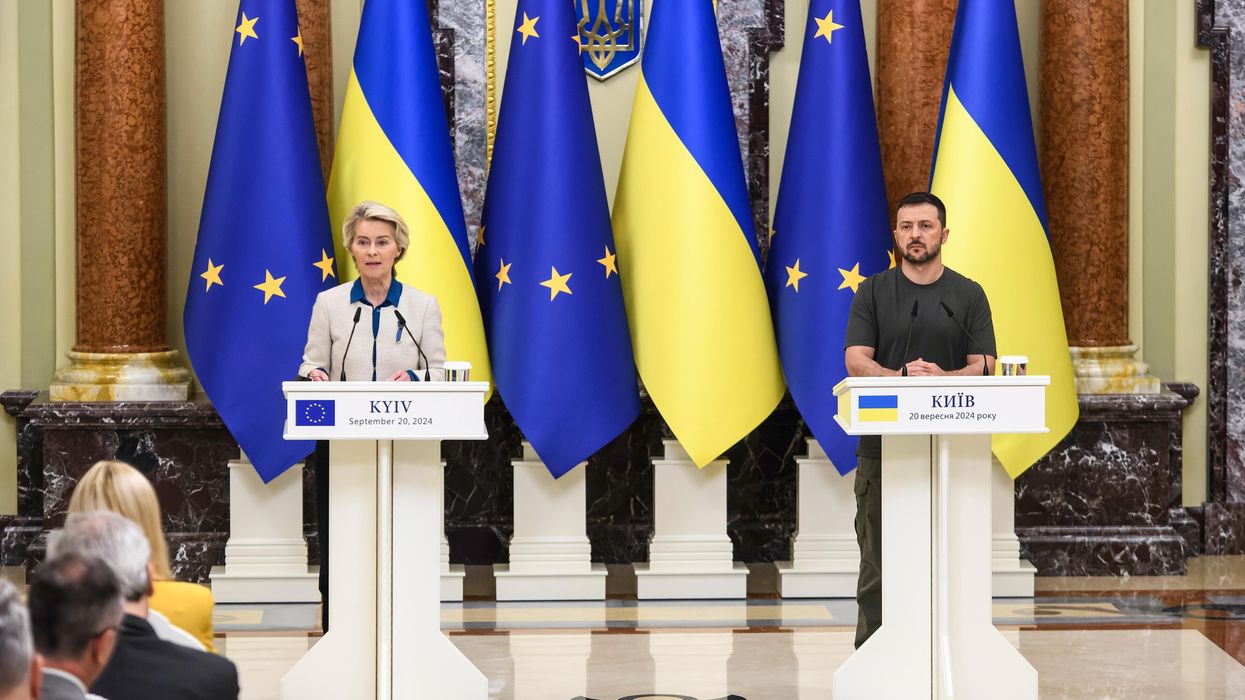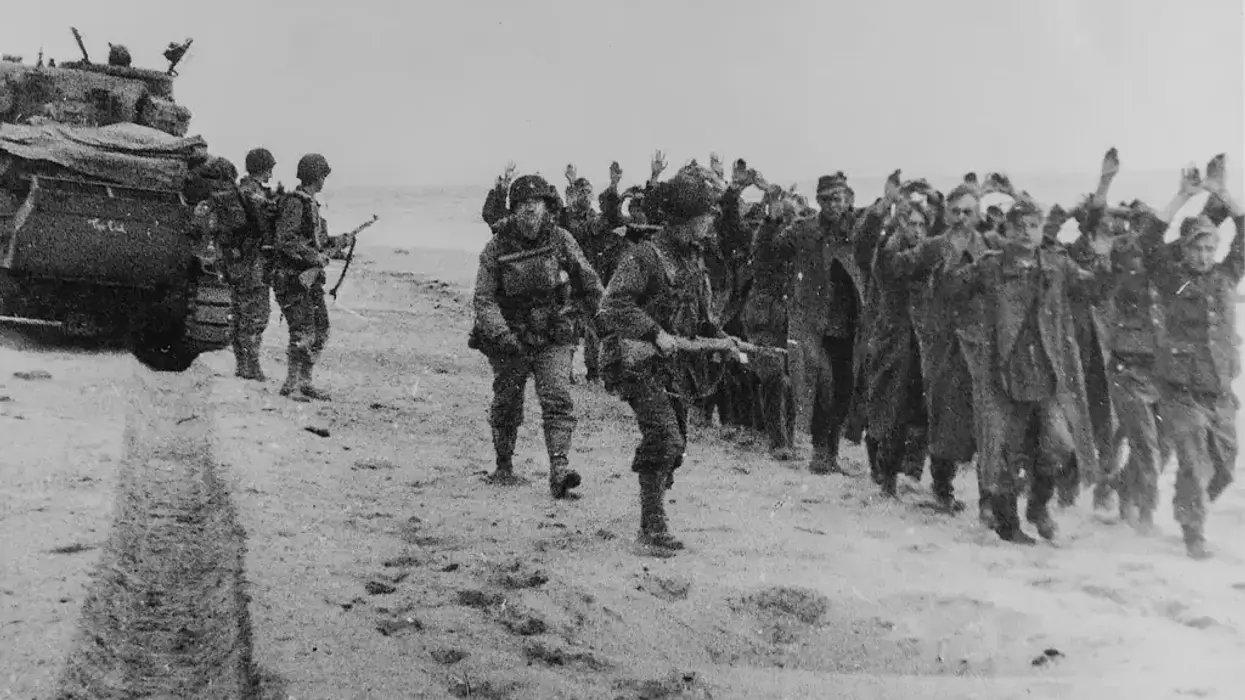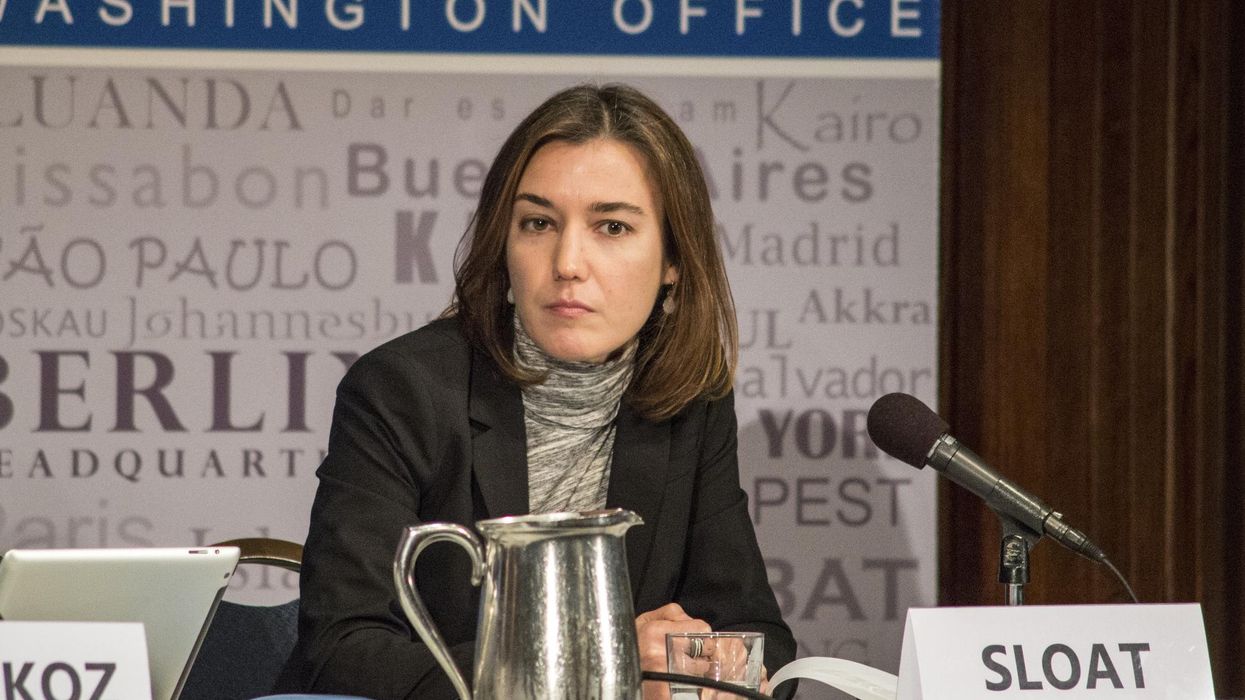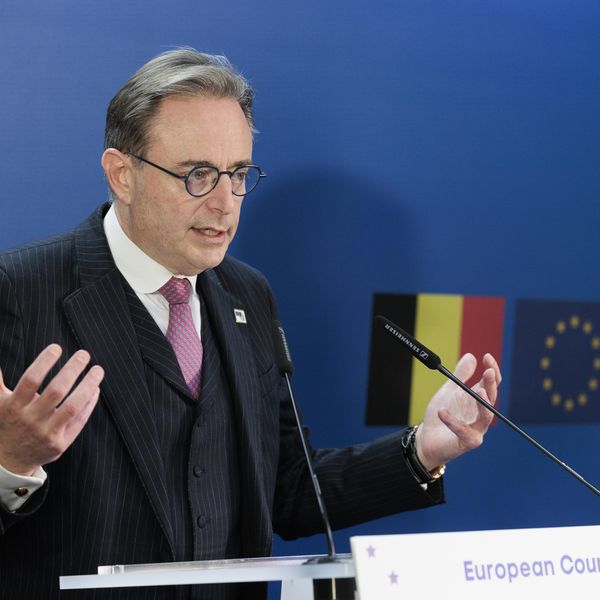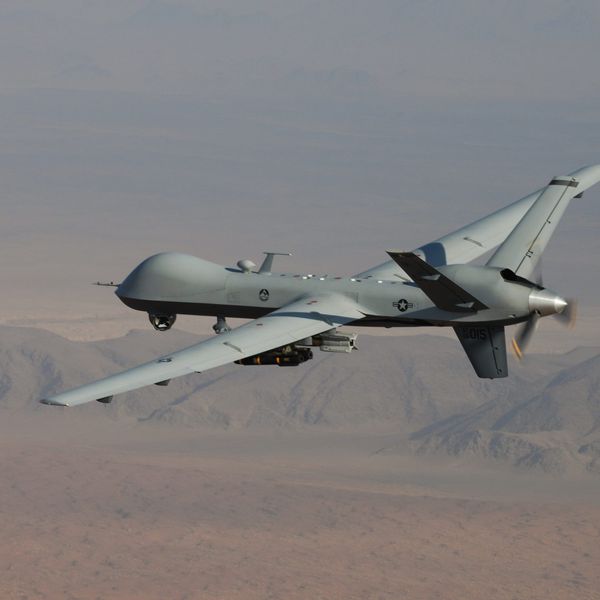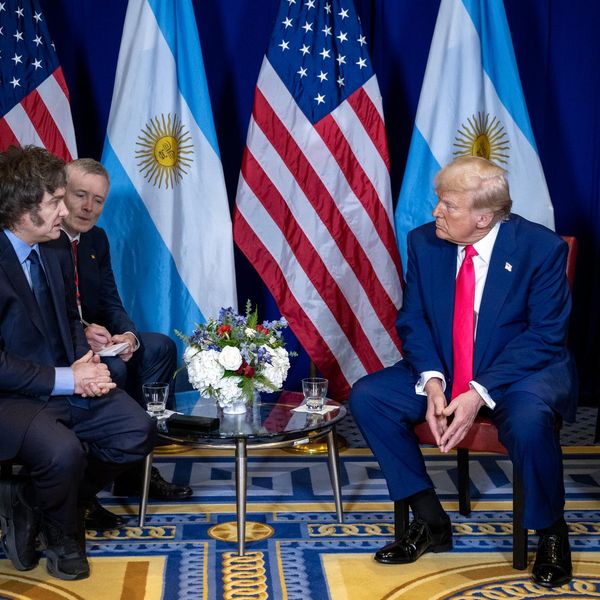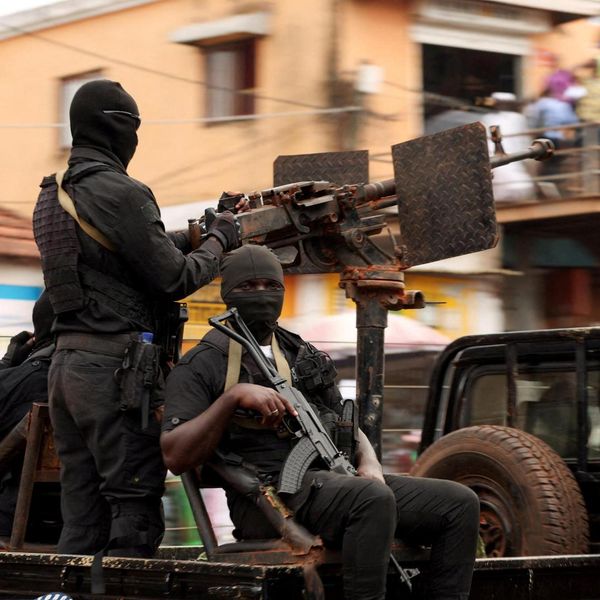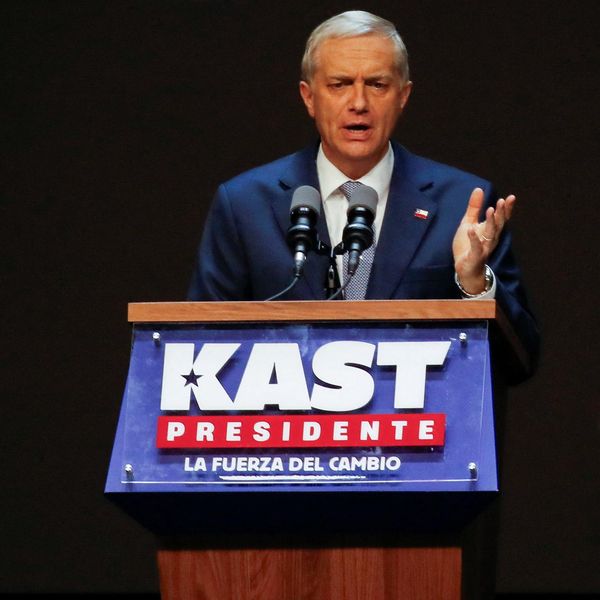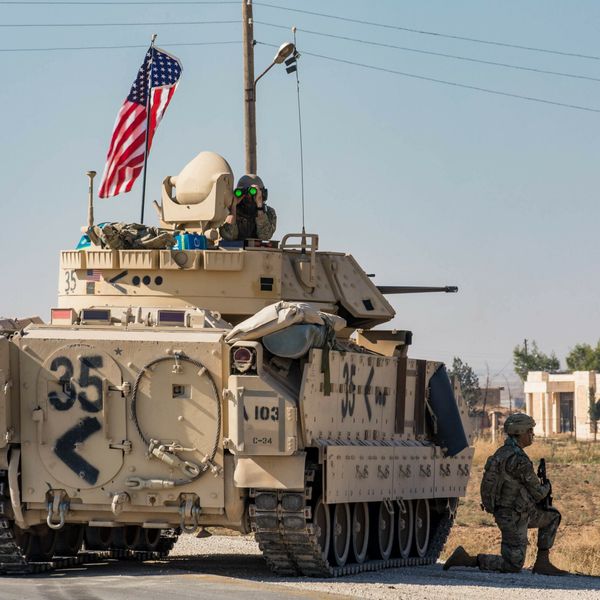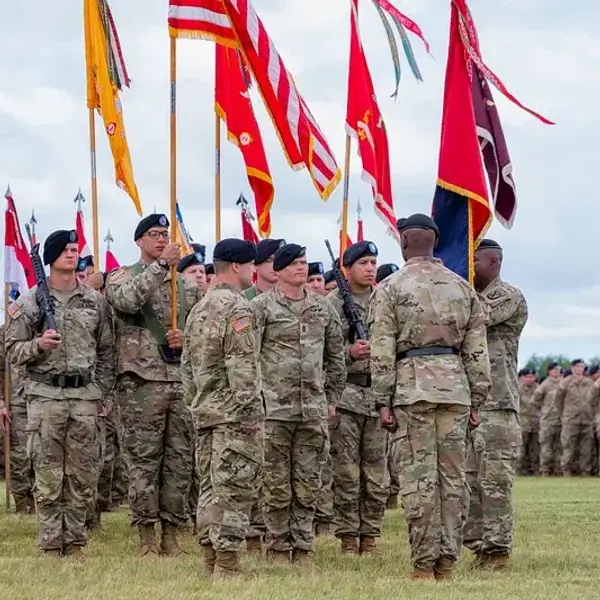In recent weeks, Iran’s suffering has been dramatically heightened by four converging disasters. The first is the multiplying deaths caused by COVID-19. Iran’s health ministry grimly estimates that one person dies from the virus every ten minutes and 50 are infected every hour. By March 31, over 44,000 Iranians had been infected and almost 2,900 perished, making Iran the locus of one of the highest cases and deaths due to this scourge. The second disaster facing Tehran results from the intersecting costs of massive corruption and pervasive economic inefficiency. The coronavirus could be the proverbial last straw that breaks Iran’s oil-dependent economy.
Third, the bureaucratic ineptitude and ideological obscurantism of a repressive clerical establishment has undercut efforts to confront the disease. Last, but not least, are the deleterious effects of US sanctions. Contrary to Secretary of State Mike Pompeo’s claim that the United States is doing “everything we can to facilitate the humanitarian assistance,” sanctions have in fact blocked desperately needed medicines and equipment from getting to Iran. Nevertheless, as US Special Representative for Iranian Affairs Brian Hook emphasized, the United States has no intention of letting up on “our policy of maximum pressure,” a position underscored by the imposition of fresh US sanctions on March 18.
The release on medical grounds of Michael White, an American Navy veteran held in Iran’s notorious Evin Prison, might suggest that on a tactical level the White House’s pressure is working. But this is hardly a substitute for a clear strategy that could meet the challenges of a modern plague whose spreading fire could engulf the entire Middle East region. Responding to this unfolding disaster in Iran, several members of Congress have called for suspending or modifying sanctions while two US policy experts have proposed using the crisis to engage Iranian leaders. In this season of pestilence, however, hardened hearts in both Tehran and Washington are blocking any kind of diplomatic deliverance.
Iranian leaders failing their people
It is one of the ironies of Iran’s escalating misery that several weeks before the coronavirus erupted, Tehran sent China a million face masks to help it fight the epidemic there. By then it appears that the virus was being transmitted, possibly by Chinese workers, and very likely by a reported 700 Chinese students from Wuhan studying in a Qom seminary. From there it was spread to all of Iran’s 31 provinces by intercity travel, the proximity of mass prayer, the density of daily urban life, and public celebrations of the Iranian New Year, Nowruz. Eager not to obstruct economic activity or to disrupt annual pilgrimages to two holy shrine cities—and determined to foster participation in the February 21 parliamentary elections—Iranian leaders downplayed the threat. In what has since become an iconic moment beamed the world over via the internet, Deputy Health Minister Iraj Harirchi—whose profuse sweating before the cameras turned out to be a symptom of COVID-19—denied claims of infections in Iran. Qom Friday prayer leader Ayatollah Mohammed Saeedi echoed these sentiments but gave them a religious hue. He would not shutter Fatima Masumeh Shrine, he declared, insisting that the very idea was rooted in an American plot hatched by Trump himself, “who will die frustrated in his wish to see Qom defeated.”
This conspiracy theory gained the ultimate stamp of approval from Supreme Leader Ali Khamenei. With the government finally making an effort to confront COVID-19, Khamenei declared on March 22 that the Americans “have said several times that they are prepared to help us in the area of treatment and medication.” This was a “strange” statement, he said, not only because in responding to the virus American leaders had demonstrated ineptitude but because they could not be trusted. Khamenei continued: “The medicines that you prescribe or export into our country might make the virus last even longer or prevent it from being controlled. If this accusation is legitimate and if you have produced the virus, well, you are capable of doing these things!”
These paranoid sentiments complicated the efforts of Iranian leaders to confront the virus at home or to seek assistance from abroad. In mid-February, with the backing of the Supreme National Security Council and Khamenei, President Hassan Rouhani established a “national headquarters for fighting the coronavirus.” On March 28, he also announced that Iran will devote 20 percent of its state budget to combat the virus. But Rouhani, effectively, is now a lame duck—a fact that owes much to the Trump Administration’s decision to abandon the nuclear deal and reimpose sanctions. Thus, he is hardly well placed to counter or contradict the xenophobic rhetoric of his hardline rivals who aim to deflect domestic attention from their own failings. To be sure, the White House’s refusal to budge on the sanctions issue has played into the hands of hardliners. On March 12, Foreign Minister Mohammad Javad Zarif sent a letter to the secretary-general of the United Nations condemning the United States for “economic terrorism.” The use of secondary sanctions, he wrote, constituted a form of “ransom” that has made it “virtually impossible … to import medicine and medical equipment.” Zarif’s tough line only underscored his lack of influence on the home front. Like Rouhani, he finds himself reduced to a near-bystander role in the context of a US-Iranian conflict that has strengthened Iranian hardliners in the political arena and especially in the security sector.
COVID-19 and domestic power struggles
As Iran’s leaders began to ring the alarm bells, they had trouble convincing their citizens that it was critical to remain indoors and to avoid crowds and public celebrations, especially Nowruz. It fell to the military and security forces to close businesses, halt traffic, and prevent public celebrations. Perhaps concerned that such actions might highlight his own limited authority or strengthen his rivals, Rouhani reportedly tried to dissuade the military from taking such draconian steps. By late March, efforts to impose or enforce closures in mosques, shrines, and schools accelerated, along with the “temporary” release of a reported 85,000 prisoners and a widening bid to persuade or compel some 200,000 residents of Qom—who had fanned out across the country—to return home.
In some cases, the regime’s efforts produced friction between state and religious authorities. For example, religious zealots tried to break into two shrines to force their reopening. That the custodian of one shrine, Ayatollah Sayid Sadiq Al-Hussaini Al-Shirazi, is a prominent Qom cleric who has defied Khamenei—even calling him a “pharaoh”—was not lost on the regime. Indeed, the government deployed the official media to launch a campaign against Shirazi and to portray his supporters as “extremists” deserving of imprisonment. In this way, the battle over containing COVID-19 echoed long-standing political and ideological fissures that touch on the very nature of political power in the Islamic Republic of Iran.
It is perhaps for this very reason that the Islamic Revolutionary Guard Corps (IRGC) is playing a leading role in the fight against COVID-19. With a public still enraged by the bloody repression of street protests in December 2019, and the IRGC’s reputation stained by its downing in January of a Ukrainian airliner (most of whose 176 passengers were Iranian), the IRGC has come out in force. Deployed in “modern warfare units” clad in masks and full protective body gear, IRGC troops are building temporary hospitals and spraying streets and buildings with disinfectants. Positioning itself as both a savior of the state and a hero of the people, the IRGC—whose actions are amply covered by the state media—behaves in a way that suggests the security sector, rather than elected politicians, is the far greater source of power, authority, and efficacy in today’s Iran. Underscoring this point, Majlis Speaker Ali Larijani asserted that the IRGC “has stood by the people in the hardest times and acted diligently. Today, too, it has mobilized all of its capacities to help the people.”
The idea of wartime mobilization is deeply embedded in Iran, whose eight-year war with Iraq in the1980s not only fed the ideology of martyrdom but provided the foundation for a vastly expanded security apparatus. Whether the regime’s anti-coronavirus campaign portends a wider securitization of the political system remains a crucial question. But clearly, security officials are using the battle against COVID-19 to strengthen their already strong hand. As Supreme National Security Council Secretary Ali Shamkhani recently stated in a released message: “The passage of time and the tests the IRGC (has successfully passed) in the face of crises have shown that this divine institution is the main basis of the Islamic Revolution and the Establishment’s growing power in confrontation with crises.” Linking the IRGC’s campaign against COVID-19 with Iran’s most formidable external enemy, Shamkhani insists that the United States must address “international demands regarding its role in creating and spreading the coronavirus.”
Regional and global implications
Shamkahni’s accusations, which—as noted above—seem to be shared by Supreme Leader Khamenei, probably find a receptive ear in a society that feels under siege from within and without. The Trump Administration’s refusal to suspend or mitigate sanctions is fueling Iranian conspiracy theories. From Iran’s vantage point, its foes include not merely Israel but also Arab governments that have refused to support Tehran’s quest for humanitarian relief. Voicing these frustrations, the Iranian Foreign Ministry spokesperson, Abbas Mousavi, assailed Saudi Arabia, Bahrain, Morocco, and the Yemen government in exile for opposing any effort by the Non-Aligned Movement to issue a statement calling upon the United States to end sanctions. “It is a subject of much regret,” he noted, “that some Arab and Muslim governments, which are mostly our neighbors, have taken such a measure against the Iranian people under such critical circumstances.”
These neighbors apparently do not include the United Arab Emirates which, despite its long-standing tensions with Iran, has sent two planes with 32 tons of medical supplies to Tehran. Noting the common interests of all countries in the region, UAE officials have stated that their country is “committed to doing all it can to stamp out the virus, both at home and around the Gulf region.” It is important to note that so far, such sentiments are not reflected in any significant reduction in regional tensions, especially between Iranian and Iran-allied forces and US forces in Iraq and Syria. The March 11 rocket attack against the Taji air base north of Baghdad, killing three servicemen including two Americans, has once again raised the prospect of a wider US-Iran military confrontation. However, while the White House blamed the attack on Kataeb Hezbollah (an Iraqi Shia force closely tied to Tehran), the US Defense Department has reportedly pushed back against those US officials who favor a strong military response. None of the forces in the region, all of which face the prospect that COVID-19 could spread rapidly among their ranks, can risk an extended confrontation. Therefore, while Tehran’s regional allies are still smarting from the US assassination of the IRGC’s Major General Qassem Soleimani and are determined to exact further revenge, they are likely to come under pressure from Iranian leaders for whom the specter of an all-out direct or indirect conflict with the United States would be a nightmare.
Given its limited military options, Tehran’s best bet now is to reinforce its alliances with key world powers such as Russia and China. Provoked by White House accusations that China failed to contain the COVID-19 virus in a timely way, Chinese officials have echoed Iranian conspiracy theories and, what is more, have ramped up their diplomatic cooperation with Tehran. Paradoxically, while China’s growing trade relations with Iran may have contributed to the spread of the virus in Iran, both countries appear determined to support one another, thus countering a US administration that at home and abroad is under increasing pressure to ease sanctions. With the World Health Organization suggesting that the virus may be five times higher than reported by Iranian officials, time is of the essence. By some estimates, Iran could face as many as 3.5 million fatalities if the virus continues at its present unrelenting gallop.
Escapist fantasies and failed leadership in Iran and the United States
It is no small paradox that both American and Iranian leaders have failed their populations, not only by hesitating to take timely action but also by tolerating or even encouraging the conspiracy theories that some of their supporters have embraced. Moreover, to the dismay of officials in both countries, religious figures have told their parishioners that because they presumably have a higher authority on their side, they should join together in communal prayer rather than self-isolate. These appeals are exacting a terrible human cost. At the very moment that the world needs a shared strategy, there is no global response to this global scourge. One can only hope that despite their shared fears and suspicions, the magnitude of the calamity unfolding before them will compel US and Iranian leaders to imagine a mutual path forward.
This article has been republished with permission from the Arab Center Washington DC.


